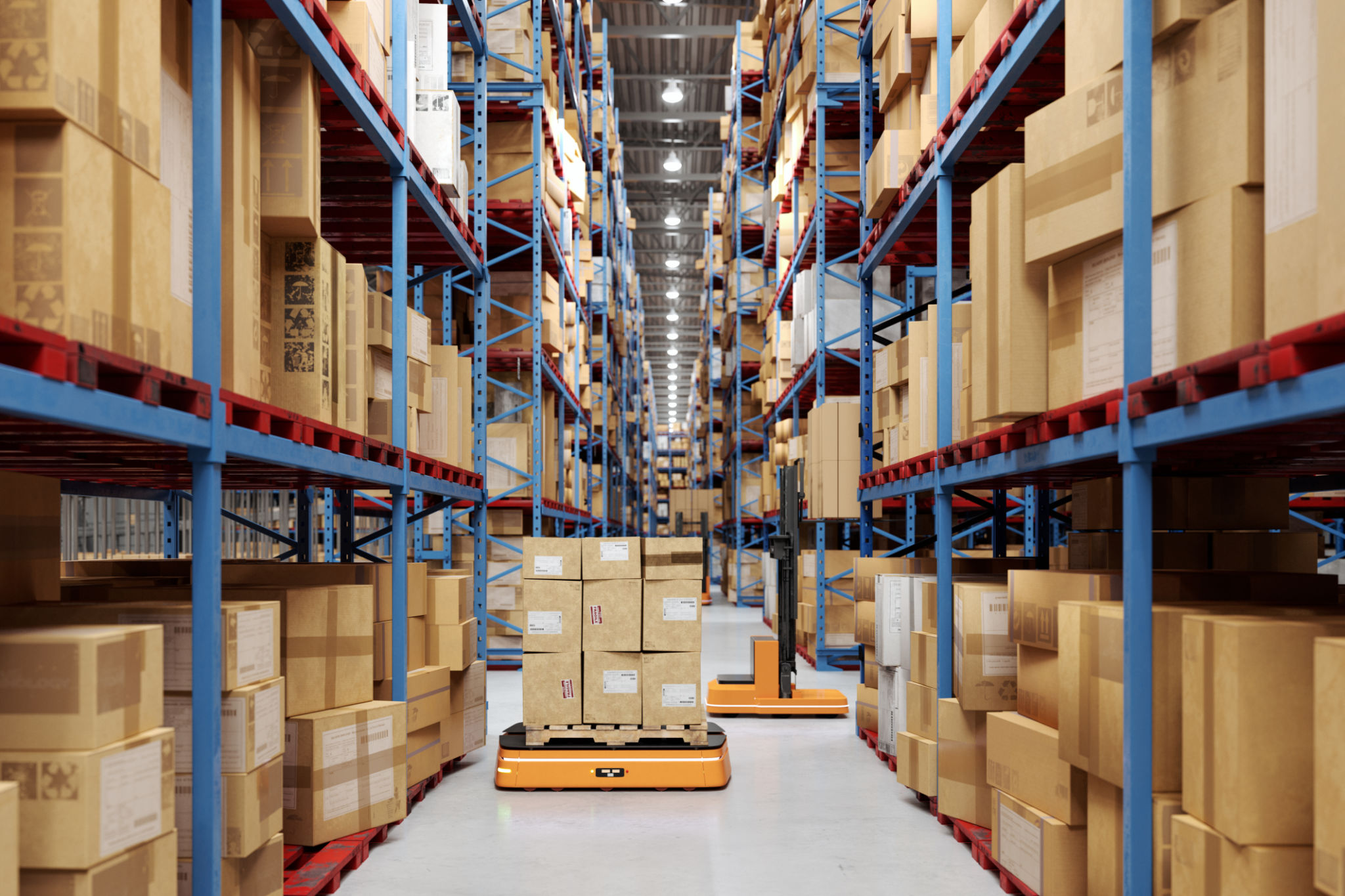Comparing Wholesale Import Options: Local vs. International
Understanding Wholesale Import Options
In today's globalized economy, businesses have a plethora of options when it comes to sourcing products. Two of the most popular methods are importing from local suppliers and international vendors. Each option comes with its own set of advantages and challenges. Understanding these nuances can help businesses make informed decisions that best suit their operational needs and growth objectives.

Advantages of Local Wholesale Importing
Proximity and Reduced Shipping Costs
One of the primary benefits of local wholesale importing is the proximity to suppliers. This close distance often translates into significantly reduced shipping costs, which can be a considerable advantage for small to medium-sized enterprises (SMEs) with limited budgets. Additionally, shorter shipping distances usually mean faster delivery times, enabling businesses to maintain a more efficient inventory turnover.
Ease of Communication and Compliance
Dealing with local suppliers also simplifies communication. Differences in time zones, language barriers, and cultural misunderstandings are minimized, ensuring smoother negotiations and clearer agreements. Moreover, compliance with regional regulations is often more straightforward when working within the same legal framework, reducing the risk of costly penalties and delays.

Exploring International Wholesale Importing
Access to a Broader Range of Products
On the flip side, international wholesale importing opens up a world of possibilities. Businesses can access a broader range of products and suppliers, often resulting in unique offerings that can differentiate them in the marketplace. This diversity can be especially beneficial for companies looking to cater to niche markets or introduce innovative products.
Potential for Cost Savings
While international shipping may initially seem more expensive, bulk buying from overseas suppliers can lead to significant cost savings. Many international vendors offer competitive pricing due to lower production costs in their home countries. These savings can be passed on to customers, enhancing a business's competitive edge.

Challenges of International Importing
Cultural and Language Barriers
Despite its advantages, international importing isn't without challenges. Cultural and language differences can complicate negotiations and lead to misunderstandings. It's essential for businesses to invest in building strong relationships with their international partners and, if necessary, seek the assistance of translators or cultural liaisons.
Complex Logistics and Regulatory Hurdles
The logistics involved in international importing can also be daunting. Businesses must navigate complex customs regulations, which vary from country to country. Ensuring compliance requires careful research and often the assistance of experienced customs brokers. Furthermore, unexpected tariffs or trade restrictions can impact the overall cost-effectiveness of international sourcing.

Making the Right Choice
Ultimately, the decision between local and international wholesale importing depends on a business's specific needs and priorities. Companies should weigh factors such as cost, product availability, delivery times, and compliance requirements. A hybrid approach may also be beneficial, allowing businesses to enjoy the strengths of both options while mitigating potential downsides.
By carefully evaluating these factors, businesses can make strategic choices that align with their goals and drive sustainable growth in an increasingly competitive market landscape.
